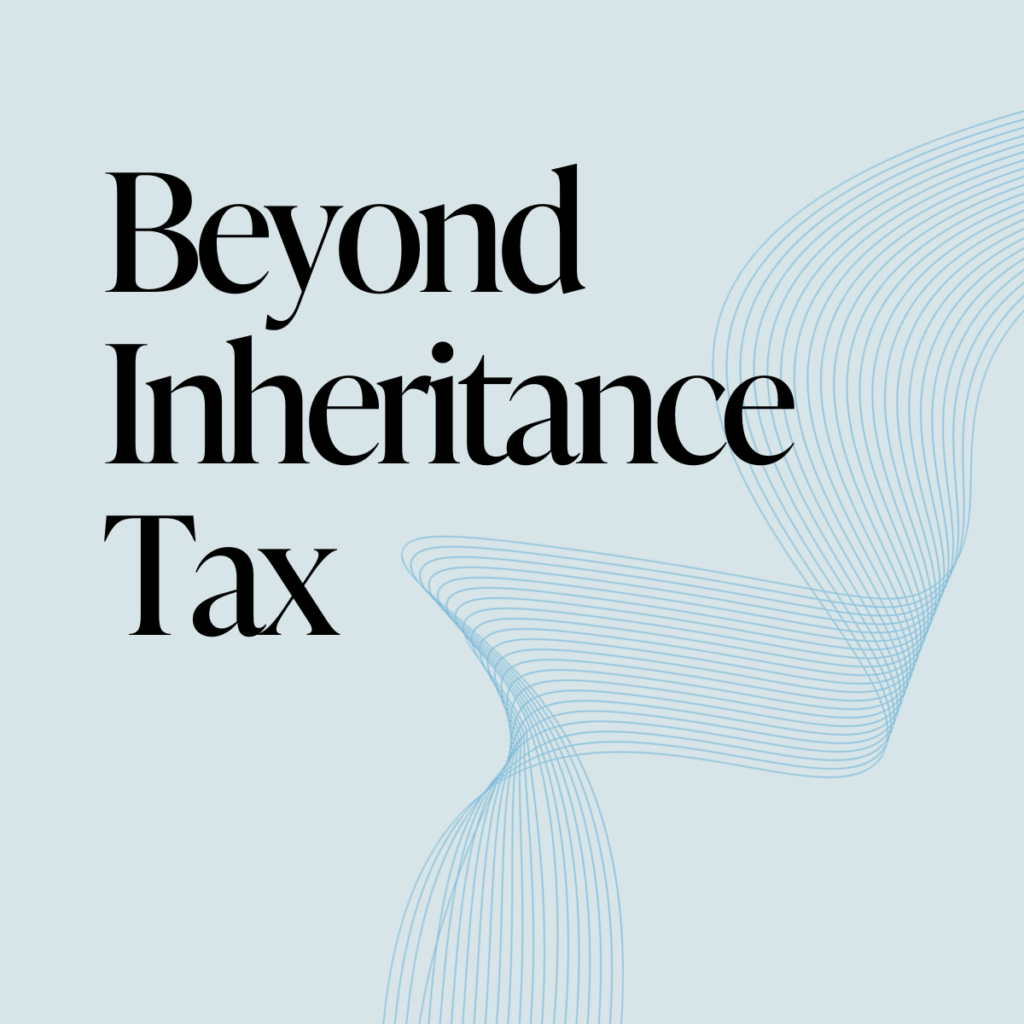We take a closer look at the private equity (PE) market in the UK, including how private equity firms work, the difference between minority and majority PE, and how to know if private equity funding is right for your business.
What is private equity investment?
Private equity investments are a type of business funding in which an investor provides capital to a privately-owned company, in exchange for a majority or minority equity stake.
Private companies are those not listed on a stock exchange (versus public companies, whose shares are traded in the stock market). Private equity investors are often firms in command of large investment funds.
How do private equity firms work?
A private equity firm typically has two main activities: raising a pool of capital and making investments with this pool:
Raising capital
Private equity firms raise most of their money from institutional investors, such as pension funds, sovereign wealth funds, and insurance companies. Some also secure additional capital from high-net-worth individuals. These investors and are known as limited partners (LPs) and they pay management fees to the PE firm.
While they make up the majority of the firm’s fundraising and shares, the LPs only take on a low level of risk in its investments. The remainder of shares are owned by the firm’s general partners (GPs). These are individuals who don’t contribute significant amounts of capital, but are actively involved in fundraising and making investments, and take on full market liability.
Making investments
Once a private equity firm’s fundraising target is met, the capital is ready to be invested. PE firms typically invest in private companies with high potential for growth.
A private equity investment can involve a straight swap of cash for equity. PE firms are also known for pursuing another kind of deal, however, which is a leveraged buyout. Leveraged buyouts involve investors using a large amount of borrowed money to pay the costs of acquiring a company. The target company’s assets may be used as collateral for borrowing.
For both types of investment, private equity investors will aim to to grow the value of the business, before exiting their investment, in order to realise a return. To help achieve this, as well as providing capital, most PE investors will take a non-executive role on the board of portfolio companies and assist the team with executing its growth strategy.
Private equity vs venture capital
While they both refer to equity investments into private businesses, private equity funding is typically suited to more mature companies than venture capital.
Venture capitalists (VCs) tend to invest in early-stage startups with rapid growth potential. They typically provide smaller investments than private equity firms, and are more likely to invest alongside other investors.
PE firms are also more commonly associated with majority equity investments, while VCs usually invest for a minority stake.
Minority vs majority equity investment
Private equity firms are traditionally majority investors. A majority investor is one who, in exchange for funding, will receive more than half of a company’s shares — also known as a controlling stake. Minority equity investors, on the other hand, are those that invest for less than 50% of shares — a non-controlling stake.
The precise relationship businesses have with investors will be shaped by the terms of their contract, but generally speaking, majority equity investors will have the final say on important business decisions. In other words, they may be able to overrule founders and management teams, if there’s a disagreement.
For instead, an investor may wish to pursue an exit event — such as an acquisition or an initial public offering (IPO) — before management is ready. For this reason, majority investors often include ‘drag rights’ in their contracts, to enable them to force an exit, if they choose.
There’s evidence of some private equity firms making greater use of minority capital in recent years — driven by greater competition for deals, which is pushing PE firms to consider co-investing more, when they would previously have wanted to be the sole investor in a deal.
But for most PE firms, majority capital is likely to remain the norm. This is because many private equity firms are committed to providing returns to their LPs at set intervals — for example, after a three-year investment period — and insisting on a majority stake and drag rights allows them to realise the value of their portfolio at a time that suits them.
What does the private equity market look like in the UK?
The private equity industry covers a wide range of investment strategies, growth stages, sectors, and so on. The market is often categorised by company and deal size, however, including early-stage, mid-market and large-cap private equity:
Early-stage private equity
Similarly to venture capital, early-stage private equity deals generally focus on smaller companies or startups, with high potential to grow from a low base. But where venture capitalists tend to target businesses with big ideas that may be pre-revenue, early-stage PE firms may focus on companies that already have a strong user base or have begun to turn consistent revenue. Early-stage investments are typically smaller in cheque size than other deals in the private equity market.
Mid-market private equity
The middle section of the market accounts for the majority of PE funding in the UK. Mid-market private equity is often characterised by the size of the investment — typically £10 million to £300 million — as well as the turnover of the company receiving it — usually between £5 million and £100 million. Businesses operating in the middle market are often well-established, and targeting growth through strategies such as M&A, expanding into new markets and geographies, or strengthening their leadership teams.
Large-cap private equity
Larger companies (those turning over more than £100 million a year) can also receive private equity funding. These types of businesses, when seeking investment, will often be focused on strategic acquisitions, as well as the specific expertise that private equity firms can bring in devising new models and products, to increase the value of their brands.
Is private equity right for your business?
Private equity can prove transformative for businesses that wants to grow quickly, but it may not be right for your company or growth plans. There are a number of potential benefits and risks to consider, before deciding whether to raise private equity funding.
Timelines
Private equity investments are typically mid- or short-term in scope. The goal for most PE firms is to grow a company quickly, to maximise return on their investment. So, you should consider your company’s growth plans, and whether your motivations are aligned with those of prospective investors, in terms of investment period and returns.
If you’d prefer to raise long-term investment, for instance, or want access to significant follow-on funding, you might consider partnering with a more patient investor.
Control
Most private equity investors will work in partnership with a company’s management team, to achieve a highly defined common goal – be this accelerated growth, greater efficiencies, operational improvements, or something else. But many PE deals also involve handing a controlling equity stake to an investor, which not all business owners or management teams are willing to do.
Expertise
Private equity investors often bring a broad range of strategic, operational, and financial expertise to the companies they invest in, with a focus on value creation. You should consider what level of involvement you’d want from a potential investor, and the type of guidance or expertise you could benefit from most.
Funding
There are many ways to raise capital for your business. Alongside private equity investment, there are a other equity funding options available to growing companies, as well as debt funding (or a combination of the two). There are various advantages and disadvantages to each, but before seeking private equity funding, you may want to consider other fundraising options.






